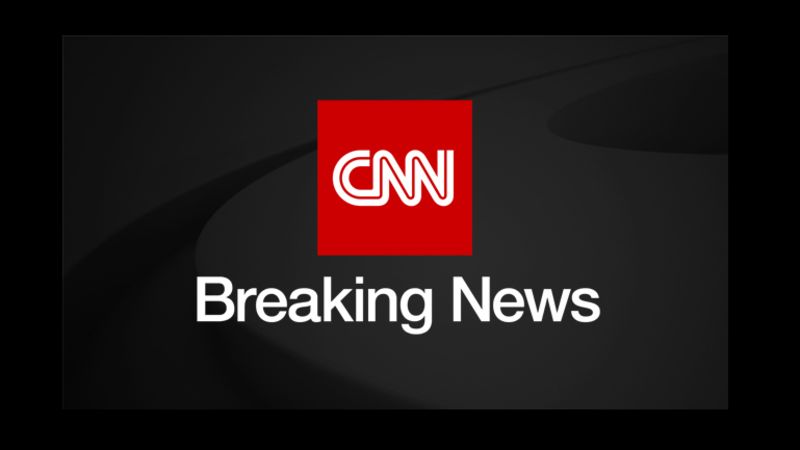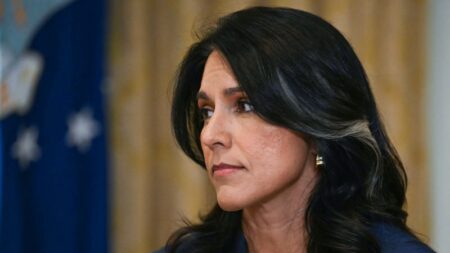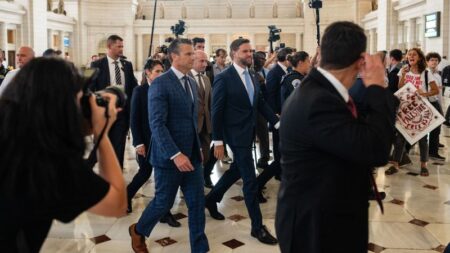On a recent Wednesday, the Supreme Court made a pivotal ruling in favor of President Donald Trump, allowing him to dismiss three members of the Consumer Product Safety Commission (CPSC). This judicial decision marked another instance where the conservative-majority court supported an emergency appeal from the Trump administration, further asserting presidential authority over independent agencies. This ruling underscores a broader theme observed in multiple cases since Trump’s previous tenure, revolving around the extent of executive control over agencies that were designed to operate without direct political influence.
The decision was met with dissent from the court’s three liberal justices. These justices argued that the ruling undermined the autonomy of independent regulatory agencies, which are created to function independently of political pressures. Justice Elena Kagan, articulating the dissent, criticized the majority for hastily overriding the legislative framework established by Congress to maintain the structure and function of agencies like the CPSC. In her view, the recent decisions could jeopardize the necessary checks and balances that prevent excessive concentration of power within the executive branch.
In the unsigned order issued by the court, the majority stated that it was compelled to adhere to a previous ruling that permitted Trump to suspend two senior officials at independent federal labor agencies amidst ongoing legal disputes. The court highlighted that the CPSC operates in a manner akin to the National Labor Relations Board, implying that the principles governing one could be applied to the other. Importantly, the judgment of the Supreme Court reflects a concerning trajectory regarding the independence of regulatory bodies established to protect consumers and workers alike.
Kagan criticized this maneuver, pointing out that the emergency docket was utilized with minimal procedural safeguards. In her passionate dissent, she conveyed that this pattern of decision-making appears to facilitate a gradual erosion of formal roles and responsibilities critical to maintaining government accountability. She underscored that the majority’s actions could effectively result in a permanent shift of authority between government branches, which raises questions about the integrity of democratic governance.
The backdrop of this legal tussle stems from Trump’s earlier move in May to dismiss the three board members—Mary Boyle, Alexander Hoehn-Saric, and Richard Trumka Jr.—who had been appointed by President Joe Biden and confirmed by the Senate. Following a federal district court’s order for their reinstatement, the administration approached the Supreme Court, seeking to pause the lower court’s ruling allowing the commissioners to return to their posts.
This particular case contributes to a larger discourse regarding the operational rights of independent agencies, specifically how much sway a sitting president has in influencing or changing their leadership. The Supreme Court’s rulings prior to this decision have opened doors for heightened presidential control, compromising the expected independence of such commissions.
Kagan’s dissenting opinion cautioned against the potential reversal of longstanding precedents, particularly referencing the 1935 case of *Humphrey’s Executor v. US*, which established that Congress could impose limitations on presidential removal powers concerning independent agency heads. She articulated concern that the Court’s current emergency docket process, designed for urgency, should not be used to dismantle well-established legal frameworks.
Reflecting on the implications of the ruling, the importance of the CPSC—a body created to shield consumers from hazardous products—was emphasized. Its leaders are designated for staggered seven-year terms, with legal provisions that restrict their removal to cases of misconduct or negligence. This built-in protection is now under scrutiny as the Supreme Court continues to voice skepticism regarding the constitutionality of such safeguards.
The broader impact of this decision could lead to significant shifts in how independent agencies operate, potentially allowing presidents greater latitude in shaping their leadership. The case illustrates the ongoing struggles in navigating the nuances of presidential powers versus the statutory protections of independent regulatory bodies that are integral to ensuring fair governance and consumer protection.











